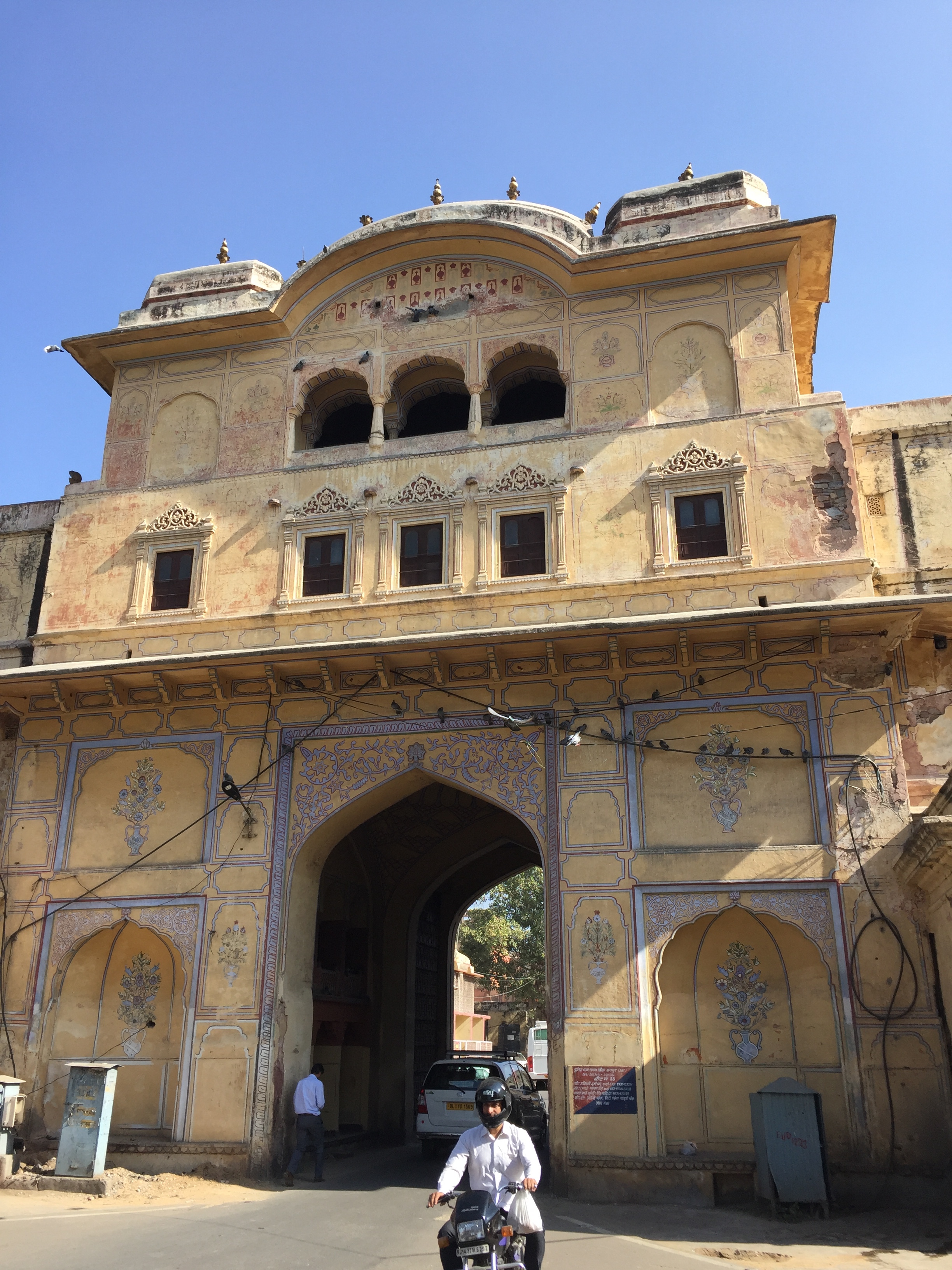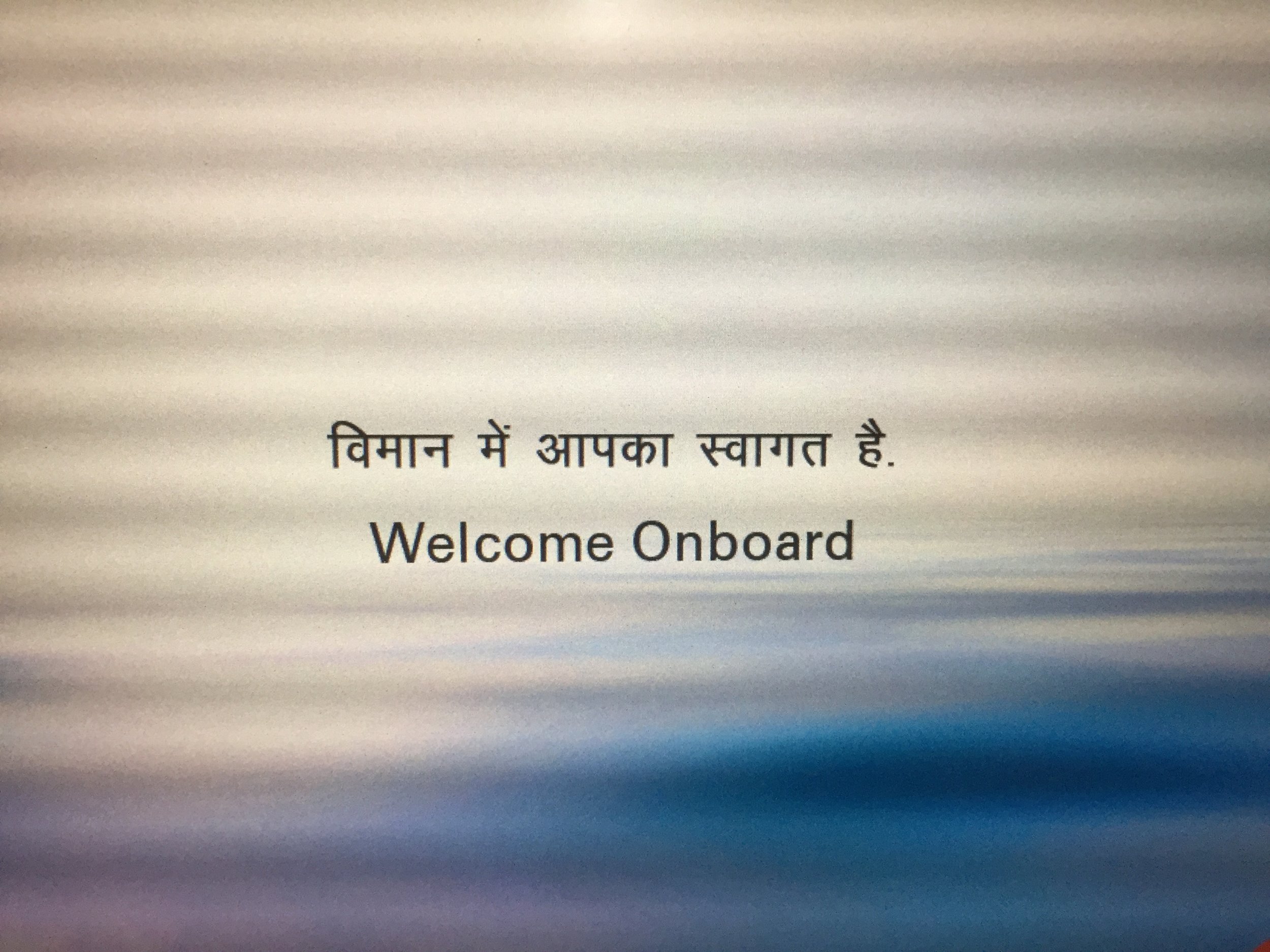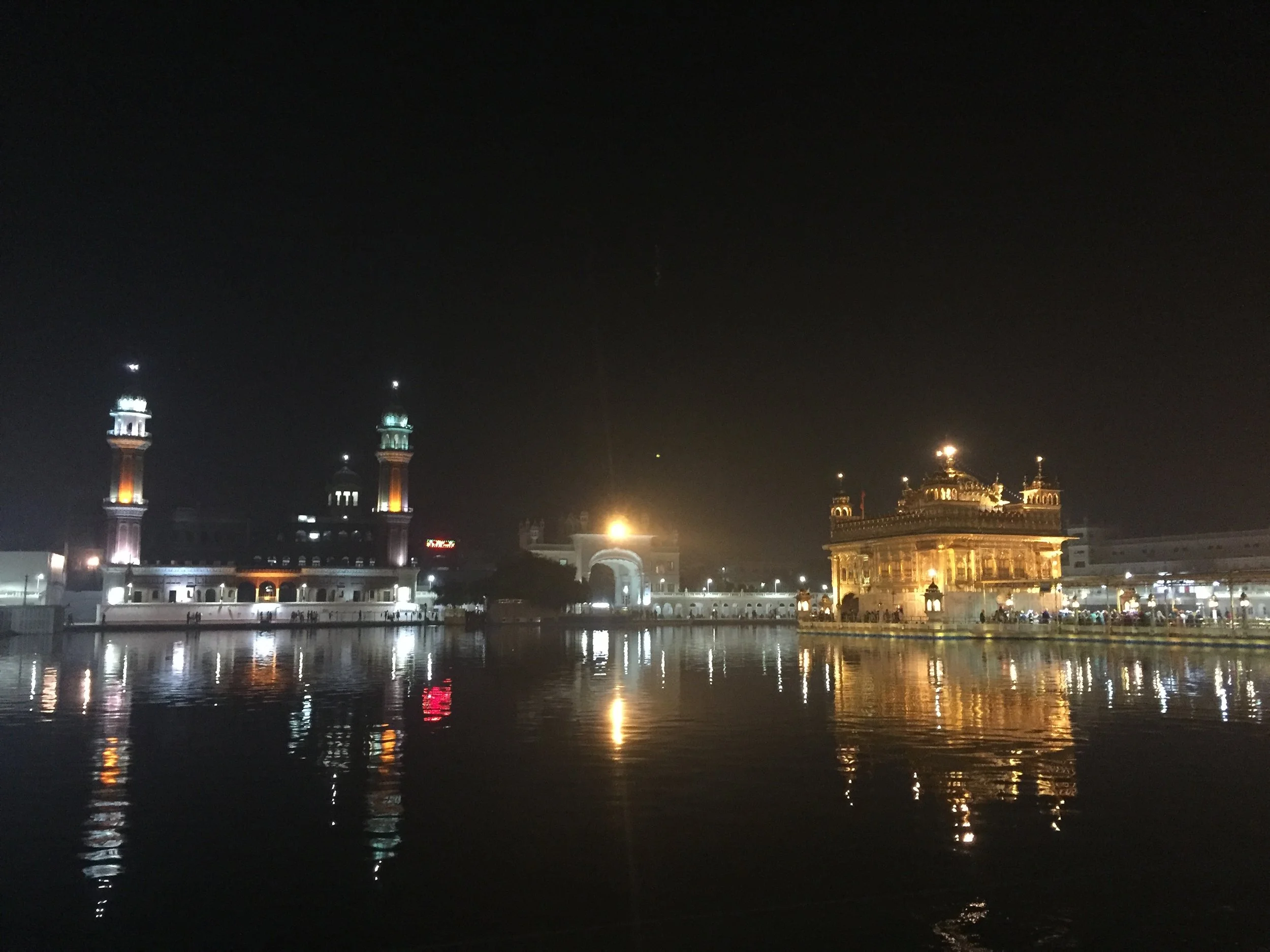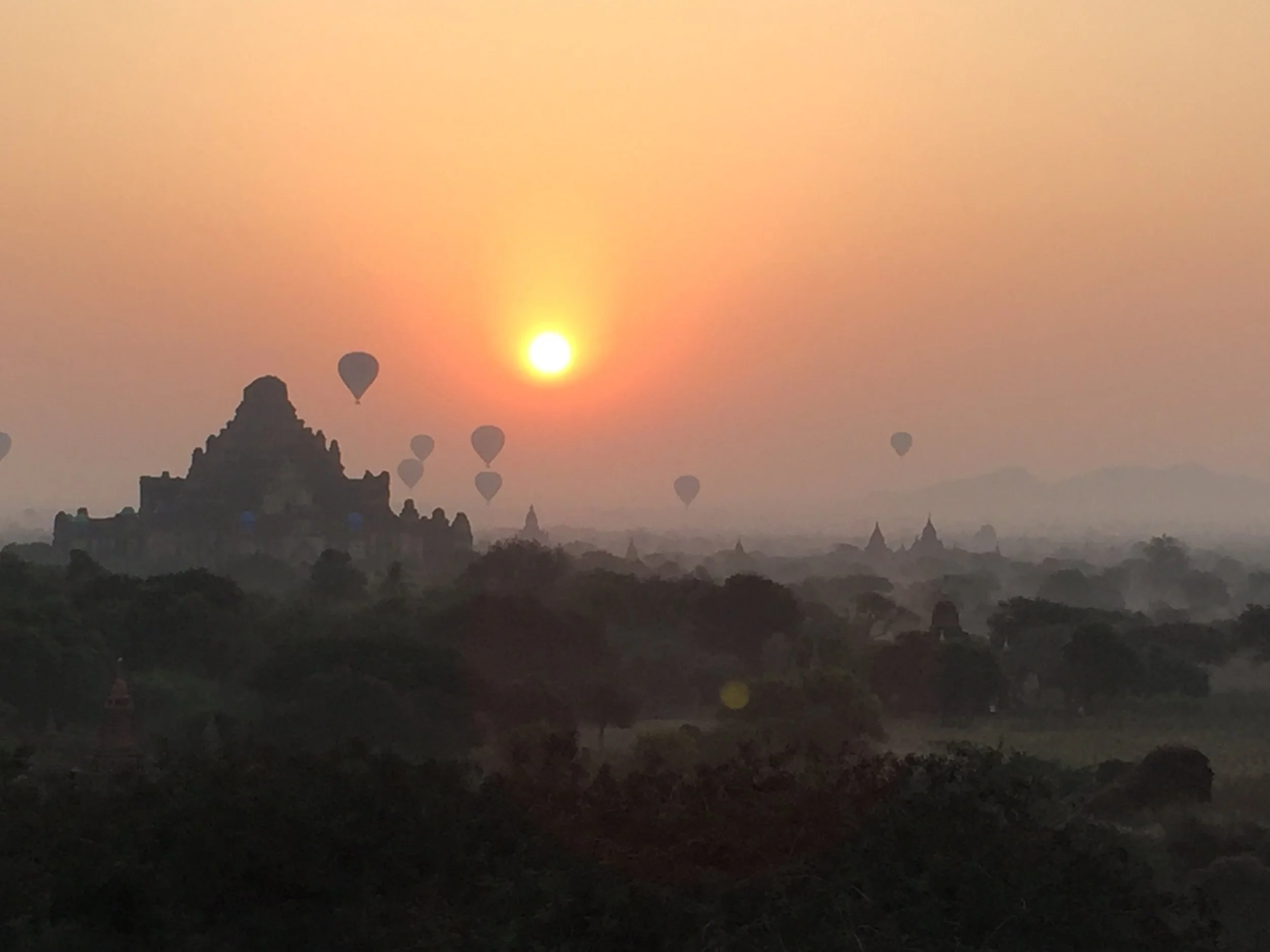right place, wrong time

In retrospect, a liquidity crisis is not the ideal time to visit a developing country.
India was perhaps the most fascinating destination we had visited in our short time abroad, but it was not an easy travel experience. As one of our travel tips read, "The complications and contradictions of India’s political realities will stun the first time foreign visitor." In our trip we encountered ostentatious wealth and dramatic poverty, magnanimous hospitality and outright hostility, all in short succession. It's hard to describe this leg succinctly in a way that does it justice. India tested us.
Following out time in Amritsar and Jalandhar, we flew to Delhi for the wedding of one of Rob's business school classmates. The groom came from a Delhi family and had attended a selective military academy nearby, as his father was in the air force, and so the wedding took place over two days at Delhi Air Force Base.
For better or worse, our Bollywood dance stole the show.
We left the wedding for a couple daytrips to Agra to see the Taj Mahal and Red Fort and Jaipur to (attempt to) see its forts and palaces. The three together comprise what's known as the Golden Triangle - one of the most oft-visited routes for western tourists in India. That lulled us into what would turn out to be a very false sense of security about how easy this leg would be.
In our week and a half in India, we were able to get money out of an ATM precisely once - at the Delhi airport on the way in. This was not an ideal way to travel in a country that runs exclusively on cash.
In his ongoing efforts to combat corruption and the black market in India, prime minister Narendra Modi spontaneously outlawed 500 and 1,000 rupee notes ($7.50 and $15, respectively), which accounted for about 80% of the bills in circulation. Indian residents had 60 days to turn their old bills in to local banks for the new versions, or risked having them become valueless. This new policy by Modi, whose party rules with an overwhelming mandate from the 2014 election (having captured 31% of the parliamentary vote), was broadly supported by the (upper class) Indians we met on our trip. Though it probably will be effective at combating the underground economy in the long-run, it made our travel interesting in the short-term.
On the day we flew out of India, broad protests and riots were breaking out in major cities against the policy and its resulting drain on ATM's. It was easy to understand the local frustration - we must have tried 40 or 50 ATM's traveling through India, of which precisely 0 worked. At one point, in the back alleys of the bazaar the Delhi train station, I followed a money changer through a series of back alleys to a large man sitting behind a desk taping 100-rupee notes back together. He was willing to trade me $60 of rupees for $80 USD; this would ultimately be the only reason we were able to get into the Taj Mahal. We heard news stories of tourists who had traveled to remote towns - accessible only by train - and were forced to become street performers when their cash ran out in order to raise the funds to buy trains to Delhi.
The train system itself seems to be designed for inefficiency. Travel through the Golden Triangle - or 'The Heartland,' as my friend Kunal in Mumbai put it - is known to be a frustrating experience. Even signs in the Latin alphabet do little to guide tourists. For a country in which English is nominally an official language, train station ticketers have little to offer by way of answers or advice. Queuing is a foreign concept - anyone interested in a ticket crowds to the front of the train station desk and slip into the first spot. Tourists must write down their route on printed cards to give to ticketers, which must be started from scratch if there are any mistakes. Trains tend to arrive within an hour and a half of their scheduled times, for the most part.
These reflections are the relatively whiny observations of an admittedly spoiled foreign tourist, but it was striking that such vast differences that existed between our Thai and Indian train experiences.
After missing a few of the windows to buy train tickets for Agra when we couldn't find our full group, we eventually got a van to take us the four-hour journey so that we could see the Taj Mahal the next morning at dawn. We were able to pay in American dollars for the van, which conserved some of our last rupees for the Taj Mahal entrance itself.
From Agra, I split off from the group to visit the third leg of the triangle - Jaipur. The city hosts a number of famous archaeological sites that I'm sure would have been very impressive and picturesque if I had not had $3 left in my wallet with no way to get any more money.
My experience of Jaipur was mostly limited to rationing the free breakfast at my hostel (Zostel Jaipur, one of the best places I'd stayed in India) and walking around while being pursued by eager locals looking to sell me something. At one point, a man on the street walking with his friend stopped me and asked why westerners who visit Jaipur don't like talking to Indians. Unfortunately, I didn't have an answer for him.
The crowning moment that cut short our stay in India was a new friend I picked up - a parasite from my last meal in Agra. After 36 hours of fever and cold shakes, I decided defeatedly that maybe backpacking through India was not for me. The country is notoriously difficult to navigate, especially for budget travelers who can't afford guides and flights, but it was still tough to admit defeat. The combination of cash crunch and fever led me to make a split-second decision to seek greener pastures (and possibly medical attention) in Singapore, and I booked my flight out from Jaipur that night.
In the time I was in Jaipur, I did manage to get some (characteristically bad) photos of the beautiful old architecture through the city, which should have invited further exploration under better circumstances:
Nahargarh Fort overlooking the town.
Ancient arches throughout the downtown tourist area.
Ultimately, India left me with 5 lasting takeaways, some of which play into its reputation for self-contradictions.
- Westerners are pursued relentlessly. Though this should be the case in most of the third world, in the 'Heartland' of India, people see tourists essentially as mobile cash dispensers. This was in small part ironic given the lack of working ATM's; we would as soon have preferred pursuing a local just to find out where we could get cash. In my time walking around Agra looking for wifi, one particularly persistent rickshaw followed me for 40 minutes entreating me to let him take me to the right hotel (so that he could receive commission.) This seems to be the reliable role that all westerners play to anyone who can profit off of them. Though it is irritating, it's an honest reflection of the dynamic between rich foreigners who can afford to travel and the ecosystem that has cropped up to survive off of them.
- India was more hierarchical and deferential than expected. In Japan, you quickly gain a sense of deference, politeness, and respect. In India, we witnessed a deeply ingrained power distance. Though the caste system is no longer an official way of life in India, its shadow persists. This was immediately visible watching Indians interact with bosses and superiors. Conversely, the second the aura of superiority vanishes, and you have no sway or position over hawkers, ticketers, drivers, or hotel staff, people treat you a surprisingly open lack of regard.
- Beeping is the Indian "hello." Roads are chaotic, even by southeast Asian standards, and any rules of the road function more as loose guidelines. Our driver in Jalandhar drove the wrong direction for a while down the freeway, as an example. To offset this laissez-faire approach to driving, people beep their horns relentlessly as they drive to indicate anything from their position, to where they're going, to what they want to do. Sometimes it seems people beeped just to beep. Walking down a deserted street in Agra at 1am, we were overtaken by a car shooting down the empty road and beeping all the way.
- People and animals share the country freely. When I came into Jaipur, my rickshaw passed a man riding his elephant into town. Most of the towns we visited seemed to host more monkeys, the local pests, than people. Monkeys dominated the public parks and spend their time searching for food. Dogs and goats ran in packs through the streets and even the railway station. In the center of Delhi, we saw a traffic jam start when a man's yak-drawn cart broke down. And, needless to say, almost every corner you turn (as in the photos above) there is a cow waiting for you. Cows roam with as little regard for the Hindus as their regard for the cows, who in the city graze the streets looking for edible trash.
- There is not much backpacker or hospitality culture. The service industry seems to be built without the western notion of faux-politeness and welcomeness. This was in stark contrast to the almost over-enthusiastic hospitality and joy in hosting that we encountered in Thailand. Maybe because of its immense size and chaos, Indian hospitality is structured to be more functional and perfunctory than heartwarming. This was true even in the Sheraton Four Points, where we stayed for the wedding. Yet - hidden in hawkers, scammers, and indifferent services employees were small but poignant moments of compassion. When I told the receptionist at Zostel that I had a fever, he concernedly grabbed my arm to see how hot I was, before rummaging around for medicine and telling me with a grin that would take care of everything. When I was entering my 24th hour of fever at the Jaipur airport, cashless and miserable, waiting for my flight's check-in to open and hoping my fever wouldn't get me turned away at immigration, a concession stand worker took pity on me. I had tried to buy a pastry and bottle of water from him, but had no cash to pay and couldn't use credit. He told me to ask once more, and so I repeated my order and he smiled and gave them to me for free. I can't imagine anyone making such a gesture of kindness in the US. Throughout India, there were redeeming little moments to live for.
A formerly friendly monkey makes an attack move when I take his photo.
More beautiful architecture in old downtown Jaipur.
The original golden arches.
In the bathroom of the Delhi train station was some chickenscratch graffiti, scrawling the word "anarchy." Anywhere else, that may be a protest. In Delhi it just felt like a commentary on the state of affairs.
We ran from the chaos about 10 days into our planned 2-week trip for the safety and comfort of Singapore.
Nik / 12.14.16




















